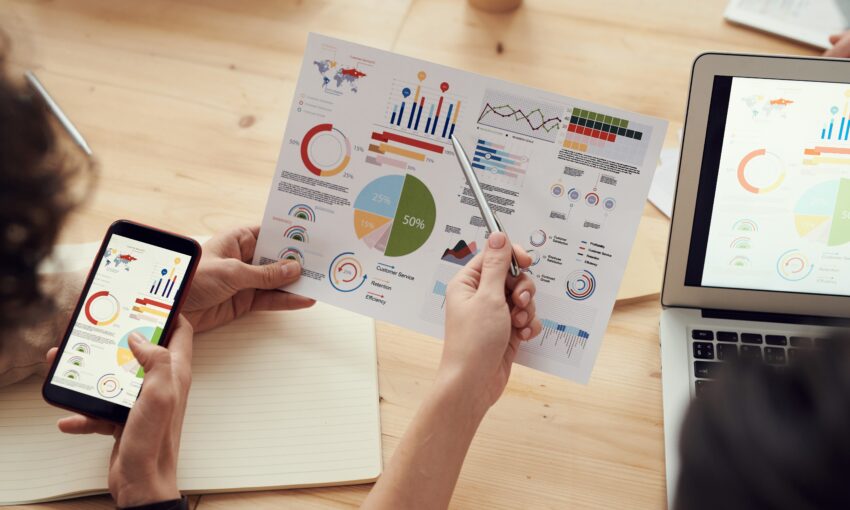Gradients—a seamless transition of colors—are a powerful visual tool that can transform a plain background into a dynamic digital landscape. With CSS, you can create linear, radial, conic, and repeating gradients, each offering unique ways to infuse depth and vibrancy into web pages. This guide will primarily focus on the most widely used types: linear and radial gradients. Let’s delve into the versatile world of CSS gradient backgrounds and uncover their possibilities.

Understanding Linear and Radial Gradients
To craft visually striking gradient backgrounds, you need to grasp two core types that CSS offers – linear and radial gradients. These form the bedrock for crafting complex and stunning color transitions.
Dawn Inspiration with Linear Gradients
Creating a gradient that mirrors the mesmerizing hues of sunrise is quite straightforward with CSS linear gradients.
body {
background: linear-gradient(to right, #ff7e5f, #feb47b);
}
In this code snippet, the gradient starts with a warm, pinkish hue (#ff7e5f), slowly transitioning to a brighter, sun-touched tone (#feb47b). The phrase ‘to right’ defines the direction of the gradient flow, leading to a seamless left-to-right color transition.
Sky Aesthetics with Radial Gradients
Radial gradients can be used to emulate the vastness of a clear blue sky. Here’s an example:
body {
background: radial-gradient(circle, #3e92cc, #070d59);
}
This radial gradient creates a circular pattern that transitions from a bright blue (#3e92cc) at the center to a deep night blue (#070d59) at the edges, resulting in a sky-like visual effect.
Exploring the Rainbow with Linear Gradients
A sound understanding of linear and radial gradients allows for exploration into slightly more complex color transitions. Let’s demonstrate this by creating a CSS linear gradient that transitions through the vibrant spectrum of a rainbow.
body {
background: linear-gradient(
90deg,
red,
orange,
yellow,
green,
blue,
indigo,
violet
);
}
The code above generates a vivid rainbow gradient starting with red on the far left, flowing through the colors of the spectrum, and concluding with violet on the far right. The 90deg directive indicates the gradient transition’s direction.
Wrapping Up
While the examples presented only scratch the surface of gradients’ potential, they serve as a springboard for further experimentation. Don’t be afraid to mix colors, shift directions, or change gradient types to discover unique and captivating designs. CSS gradients also allow advanced control over the gradient process by using color stops, and other values like percentages or pixels, to fine-tune the color transition’s position and range. When strategically employed, they can accentuate specific sections of a webpage, such as a call-to-action button or a promotional banner, effectively drawing user attention.
This post may contain affiliate links. See our disclosure about affiliate links here.



